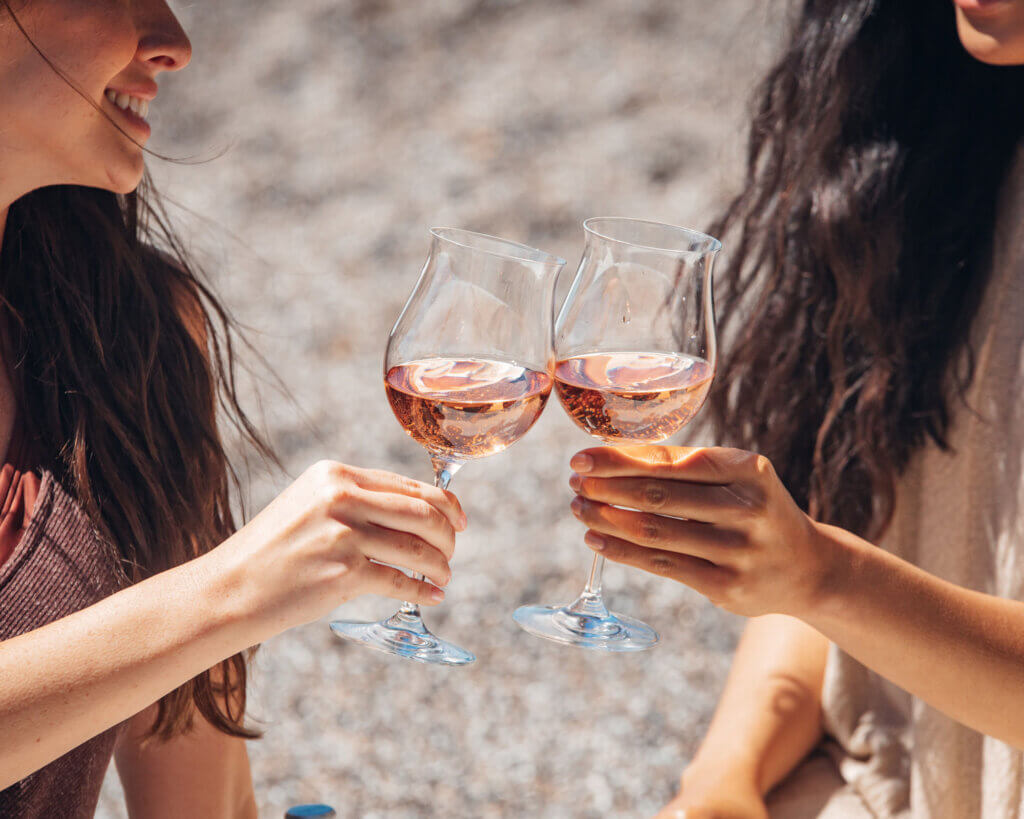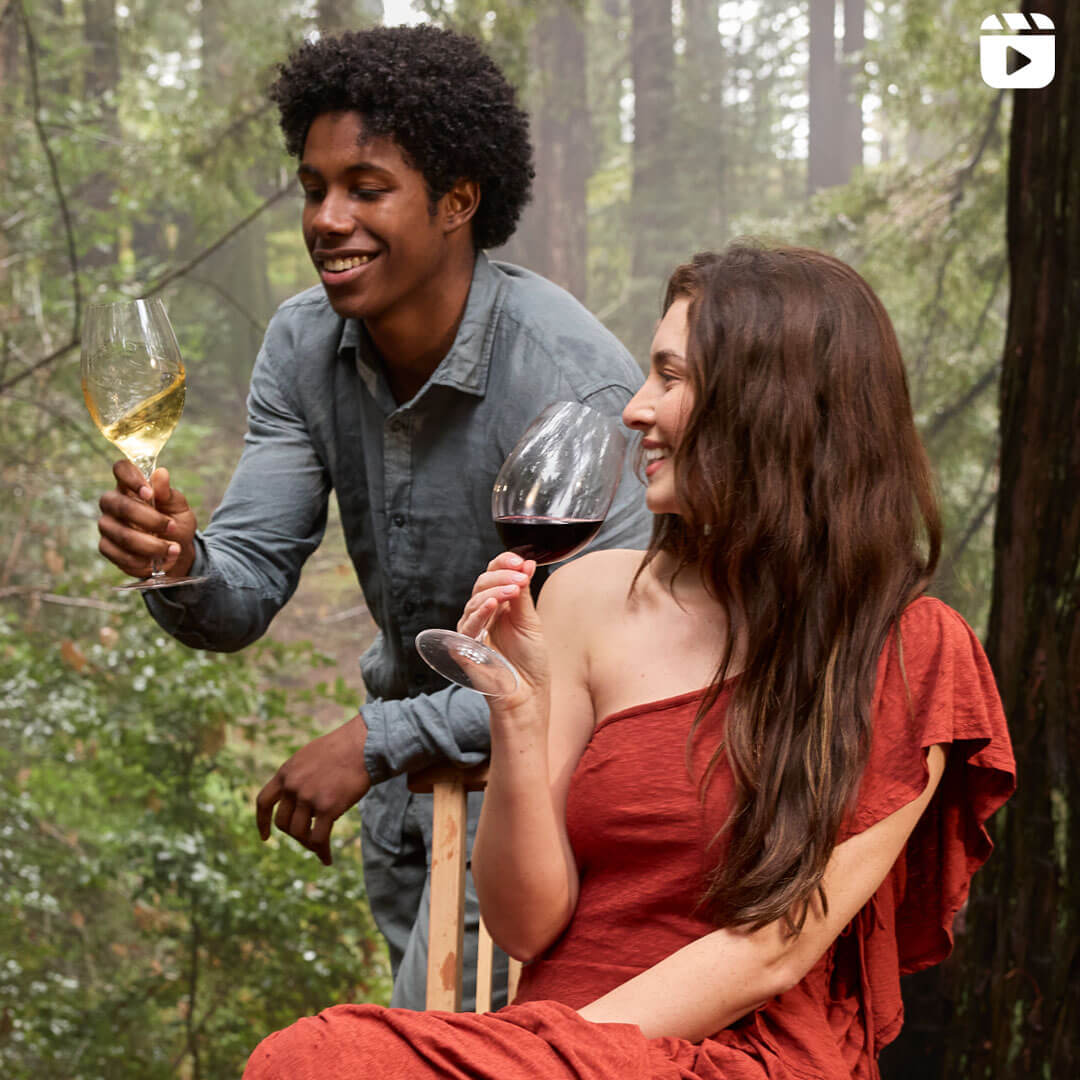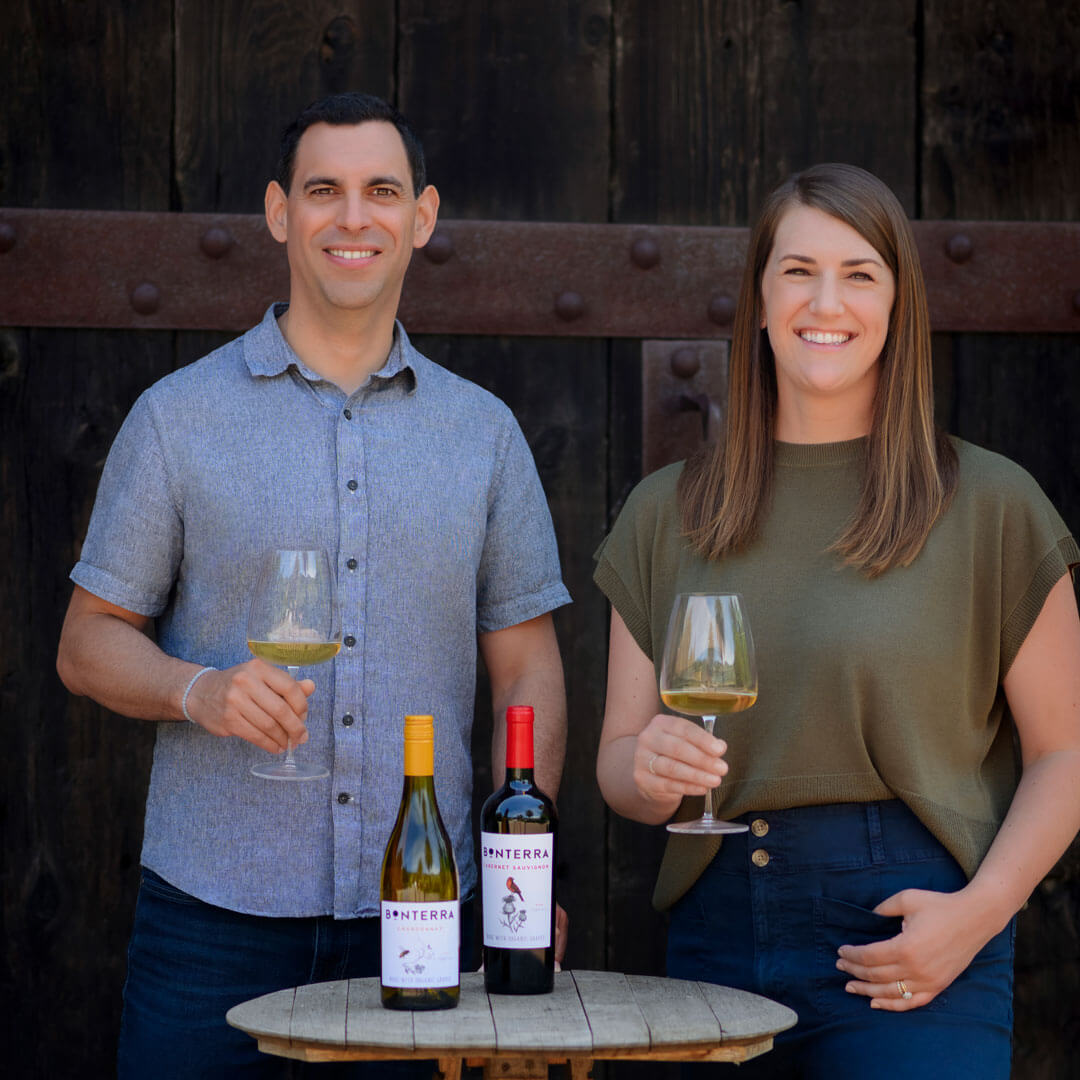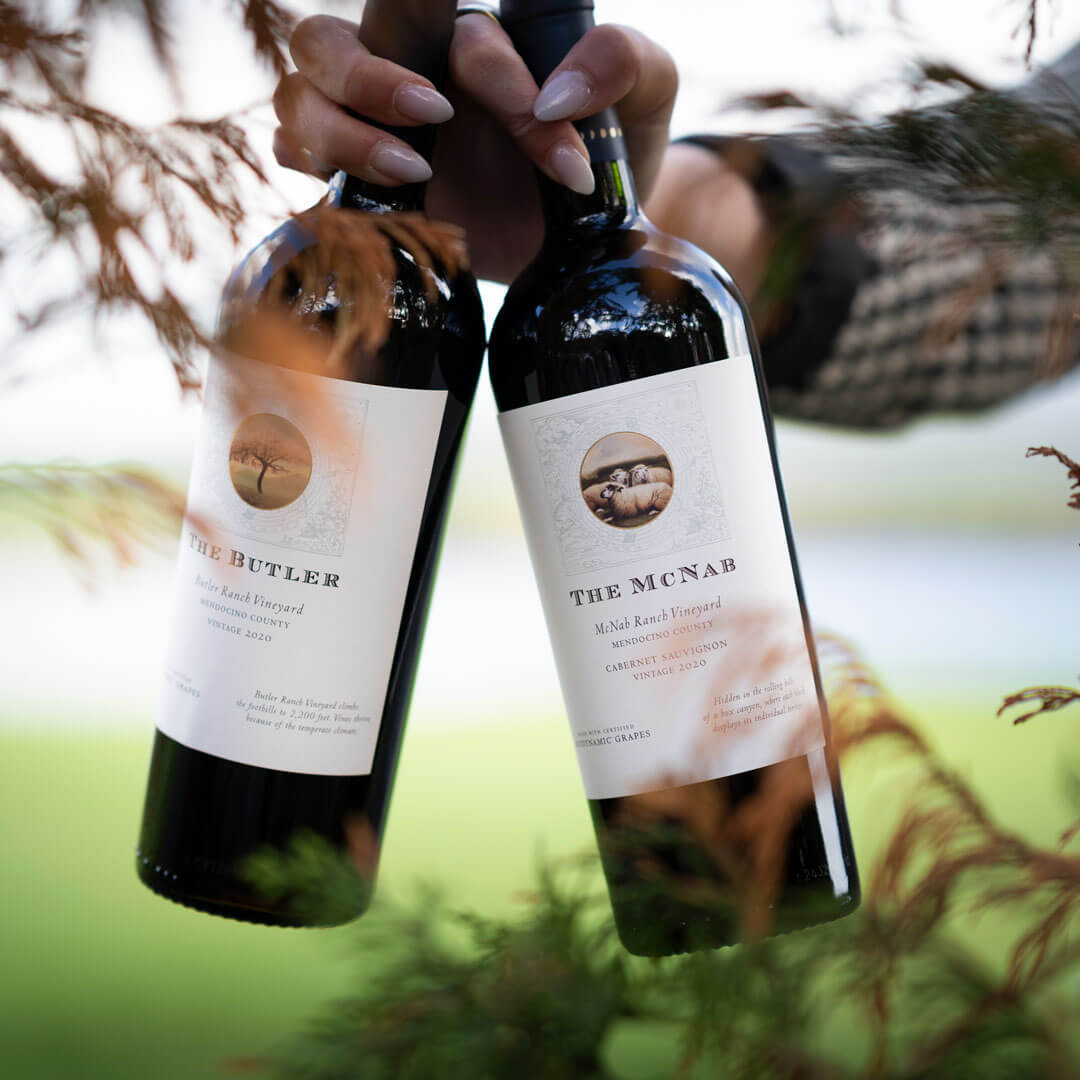Welcome to the captivating world of wine tasting! Prepare to embark on a sensory journey where the allure and romance of wine unfold before you.
As you delve into the art of appreciating wine, allow us to be your guide. Bonterra Organic Estates is committed to sustainable winemaking. We take pride in our role as stewards of the earth. With each sip, you can experience the benefits of organically farmed wine and the joy of knowing that you are supporting a brand that strives to leave the earth better than we found it.
Understanding the Basics of Wine Tasting
To truly appreciate good wine, it’s important to understand the three-step process of wine tasting: appearance, aroma, and flavor. Let’s dive deeper into each stage.
First, let’s explore the appearance of the wine. Observe the color, clarity, and viscosity of the wine in your glass. A rich, deep red color in a young red wine could indicate a bold and robust flavor profile, while a lighter shade might suggest a more delicate and nuanced taste. For white wines, a pale yellow hue could signify a crisp and refreshing character, while a golden color might indicate a richer, fuller-bodied wine.
Clarity is another important visual cue. A clear and transparent wine suggests careful winemaking and proper filtration, while a cloudy or hazy appearance could indicate a more natural and unfiltered wine, often associated with unique flavors and textures.
Viscosity, or the wine’s “legs” or “tears,” refers to how the wine clings to the sides of the glass after swirling. Thicker, slower-moving legs may indicate a higher alcohol content or more full-bodied wine, while thinner, faster-moving legs might suggest a lighter-bodied wine.
Next, assess the wine’s aroma. Bring the wine glass to your nose and inhale deeply. Look for a range of enticing scents, such as the fruity aromas of berries, citrus, or tropical fruits. You might also detect floral notes like jasmine or lavender; hints of spices like vanilla, cinnamon, or black pepper; earthy smells like mushroom or truffle (even “barnyard” is an aroma often described in wine!), or mineral-based aromas like graphite, wet concrete, or iodine. These aromas can provide valuable insights into the grape varietal, the winemaking techniques used, and the overall character of the wine.
Finally, it’s time to taste the wine and explore its flavors. Pay attention to the balance of acidity, sweetness, and tannins. Notice the fruit flavors that come forward, such as juicy berries, rich black fruits, crisp apples, tart citrus, or luscious tropical fruits. You might also detect secondary flavors like earthy undertones (such as pine, moss, and bay leaf), vegetal or herbal notes (tobacco, fennel, cut grass, and black tea, for example), or floral notes (rose, honeysuckle, violet – most any floral taste can be present). Hints of oak from barrel aging may also come out, which also provide a toasted bread flavor and many spices such as vanilla, cinnamon, and clove. The length and persistence of the flavors on your palate can also give you an idea of the wine’s quality and complexity.
If you detect vinegar, onion, or other unpleasant smells or tastes, that’s typically a sign that the wine is faulty or has gone bad (it has been “corked,” for example).
By paying attention to these visual and sensory cues, you can gain a deeper appreciation for the wines you taste.
Deciphering Wine Labels
When it comes to wine labels, understanding the information presented can enhance your wine selection process. Let’s explore the key elements to look for when reading wine labels and how they relate to varietals, origin, vintage, and certifications.
Varietals: Wine labels often prominently display the grape varietal used to make the wine. This indicates the specific type of grape that contributes to the wine’s unique flavor profile. For example, a label that states “Chardonnay” signifies that the wine is made primarily from Chardonnay grapes. It’s important to note that different countries have different regulations regarding varietal labeling. In many regions, a wine must contain a minimum percentage of the listed varietal in order to be labeled as such. For example, in the United States, a wine labeled as “Cabernet Sauvignon” must contain at least 75% Cabernet Sauvignon grapes. This ensures that the dominant grape variety is accurately represented in the wine’s flavor profile.
Origin: The origin of the wine refers to the region where the grapes were grown and the wine was produced. It could be a specific country, state, or even a more specific appellation within a wine region. In Mendocino County where Bonterra Organic Estates, America’s largest organic winery is based, for example, there are eleven distinct appellations.
The origin can provide insights into the climate, soil, and winemaking traditions that influence the wine’s characteristics. Winemaking regions around the world have unique characteristics influenced by factors such as climate, soil composition, and winemaking traditions. These factors greatly impact the flavor, aroma, and overall style of the wine. For instance, wines from the Burgundy region in France are known for their elegance and complexity, while wines from Mendocino County in California often exhibit bold and fruit-forward characteristics. Exploring different wine regions allows you to discover the diverse range of flavors and styles that can be achieved.
Vintage: The vintage on a wine label indicates the year the grapes were harvested. It can play a significant role in determining the wine’s flavor profile, as weather conditions during a particular year can impact grape ripeness and overall quality. Keep in mind that some wines may be non-vintage, meaning they are a blend of multiple years. Most winemakers try to keep flavors consistent year after year for wines.
Certifications: Noticing certifications on a wine label is a good way to understand the values of the business that produces the wine. Certifications on wine labels often highlight a winery’s commitment to sustainable and ethical practices. Look for certifications like Regenerative Organic Certification, CCOF (California Certified Organic Farmers), B Corp, and TRUE Zero Waste. These certifications validate a winery’s dedication to environmental stewardship, organic farming, and social responsibility. Bonterra Organic Estates proudly holds each of these certifications.
By paying attention to wine labels, you can make more informed choices that align with your preferred tastes and your values. Choose wines that reflect your commitment to a healthier planet and support wineries like Bonterra that prioritize organic farming and environmental integrity.
Tips for Visiting Wineries
Planning a visit to a winery can be a delightful experience. Here are some practical tips to make the most of your winery visit:
Book in Advance: Many wineries require reservations, especially for tastings and tours. Plan ahead to secure your spot and ensure a seamless experience.
Ask Insightful Questions: Engage with the winery staff and ask questions about their sustainable practices, organic farming methods, and certifications. This will deepen your understanding of their commitment to environmental stewardship.
Respect Tasting Room Etiquette: Follow the guidelines set by the winery, such as not wearing strong fragrances, using appropriate glassware, and avoiding excessive noise. This allows everyone to enjoy the tasting experience to the fullest.
Seek Shared Values: Look for wineries that share your commitment to sustainability and organic farming. Bonterra Organic Estates exemplifies these values, even though we currently do not have a tasting room open to the public. We hope to welcome visitors in the future to witness firsthand the impact of sustainable practices on the quality of our wines.
Visiting wineries provides a unique opportunity to immerse yourself in the world of wine and witness the positive outcomes of sustainable practices. Keep these tips in mind as you plan your wine tasting trip, and remember to savor the experience while supporting wineries that align with your values. Cheers to a sustainable and enjoyable wine exploration!
Reading and Understanding Tasting Notes
When it comes to enhancing your wine learning journey, tasting notes can be invaluable. Tasting notes provide detailed descriptions of a wine’s characteristics, helping you develop a deeper appreciation for its nuances and flavors. Some people may prefer creating their own tasting notes, using winery-provided notes as a starting point.
To create comprehensive tasting notes, consider including the wine’s appearance, aroma, flavor profiles, and personal impressions. Note the color, clarity, and viscosity of the wine. Explore the wine’s aromas, identifying the fruits, flowers, spices, or other scents that come to mind. Dive into the flavors, identifying the primary and secondary notes, as well as the wine’s texture and balance. Finally, share your personal impressions and how the wine made you feel.
To cultivate a deeper understanding, consider using a dedicated notebook or wine app to record your tasting notes. This practice allows you to track your experiences and compare different types of wine, and reflect on your evolving palate. By engaging with tasting notes, you can enhance your wine knowledge and develop a more discerning palate.
Cultivating a Sustainable Palate
As you embark on your wine tasting experience, it’s important to consider sustainability and organic practices in your wine selections. By choosing wines from vineyards committed to leaving the earth better than they found it, you can support a healthier planet while indulging in your love for wine.
Bonterra Organic Estates shares this commitment to sustainability and organic farming. Our mission is to craft exceptional wines while caring for the environment. By selecting Bonterra and other like-minded wineries, you can make a positive impact and contribute to a more sustainable future.
We invite you to explore and buy wine online from Bonterra’s selection of organically farmed wines, including our dedicated wine club. Each sip represents a harmonious blend of flavors and a dedication to organic farming. By choosing Bonterra wine, you can marry your love for wine with your commitment to the environment. To take your experience one step further, discover our guide on wine and food pairings, in which we uncover the art of matching fine wine with diverse cuisines.
Depending on where you are on your wine journey, consider exploring our high-scoring wine sampler, featuring extremely high-scoring wines with incredible flavor, or our premium wine variety bundle, which offers a diverse array of slightly less intense but equally exquisite options. Both selections are made with regenerative organic grapes from our vineyards in Mendocino County, celebrated as Wine Enthusiast‘s Wine Region of the Year in 2024.
Mastering the art of wine tasting is a journey of discovery, taste, and sustainability. Above all, it should be an enjoyable endeavor. Cheers to that!




